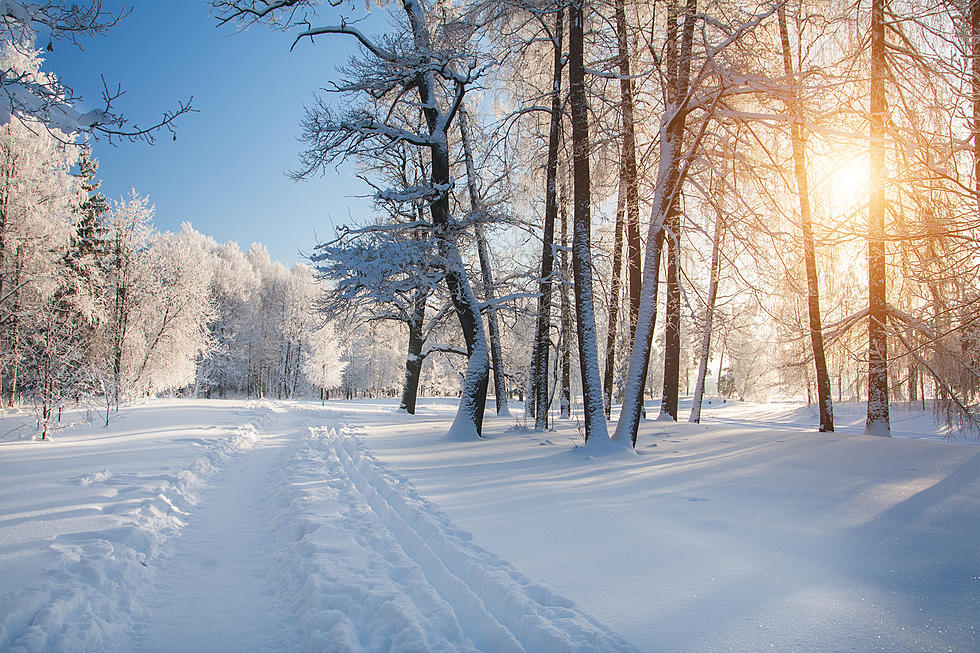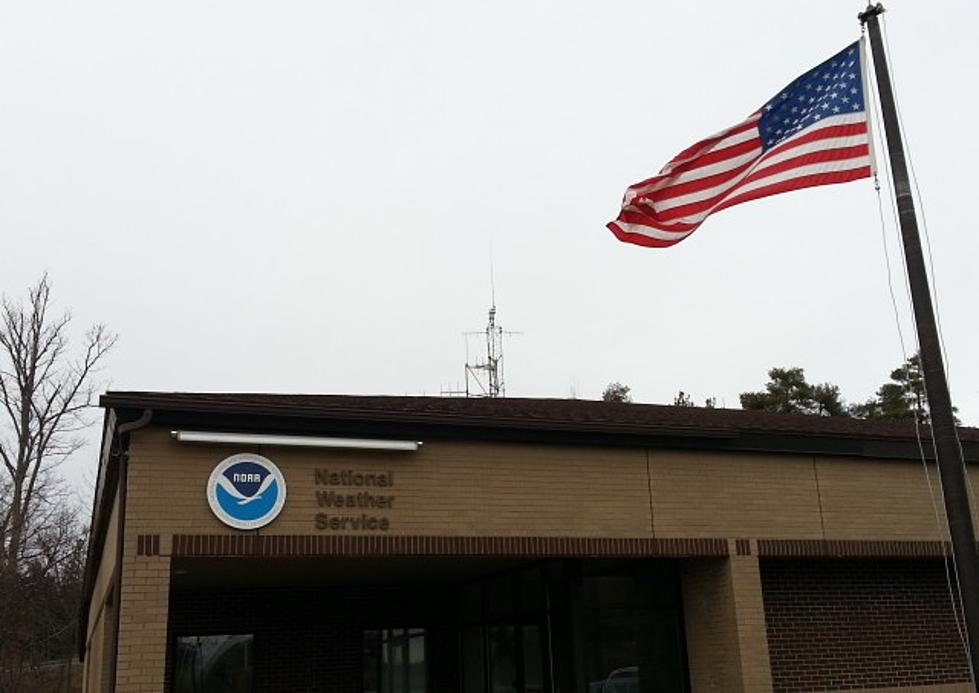
Welcome To Summer – And Now We Begin To Lose Daylight
Welcome to summer. The summer solstice, the longest day of the year (for daylight), and the astronomical summer officially arrived at 5:13 a.m. on this 21st day of June 2022.
I was pretty sure this day was the first day of summer, but my wife (who I hope isn't reading this) was insistent that summer began on June 20th. I was not about to debate it with her, since I'm usually in the wrong. But for once, I was right. Yay, one win for me.
Anyway, now that we have reached the longest day of the year, in terms of daylight, you know what that means, right? The days will now be getting shorter. Yep, that's me, looking at the glass as half empty, when I should be happy that we have the next three months to enjoy the summer season.
I do enjoy seeing daylight from 5 a.m. through close to 9 p.m. The planet has rotated 23.5 percent for those of us in the Northern Hemisphere. And for those in the Southern Hemisphere, hope you are enjoying winter.
Do you know the difference between the Astronomical Summer and Meteorological Summer? Well, as the National Centers for Environmental Information and NOAA explain it, is due to the fact that the Astronomical Seasons are based on the position of Earth in relation to the sun. Meteorological Seasons are based on the annual temperature cycle.
The Astronomical Summer
"The natural rotation of Earth around the sun forms the basis for the astronomical calendar, in which we define seasons with two solstices and two equinoxes."
The Meteorological Summer
" Meteorologists and climatologists break the seasons down into groupings of three months based on the annual temperature cycle as well as our calendar."
Enjoy your Astronomical Summer, while you can, because as of today (June 21st), we are only 93 days away from Fall and 183 days until winter, which is the shortest day of the year. But let's not think about that, okay?
More From WNBF News Radio 1290 AM & 92.1 FM



![[GALLERY] These Are The 10 Coldest Binghamton Temperatures On Record](http://townsquare.media/site/497/files/2022/02/attachment-Cold-Southern-Tier.jpg?w=980&q=75)





